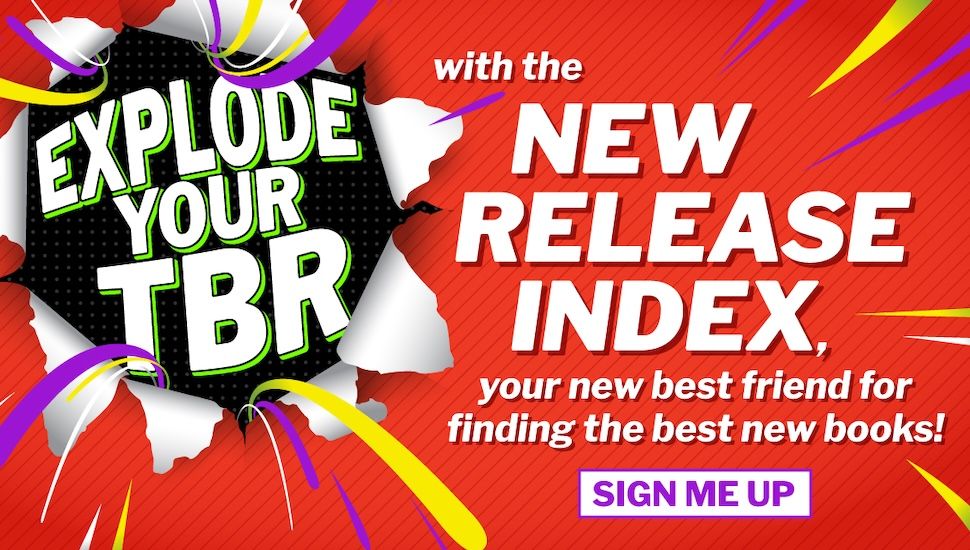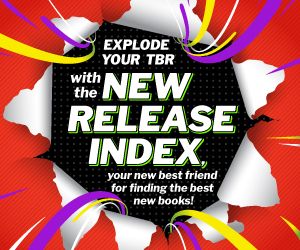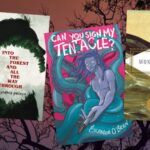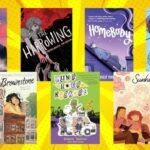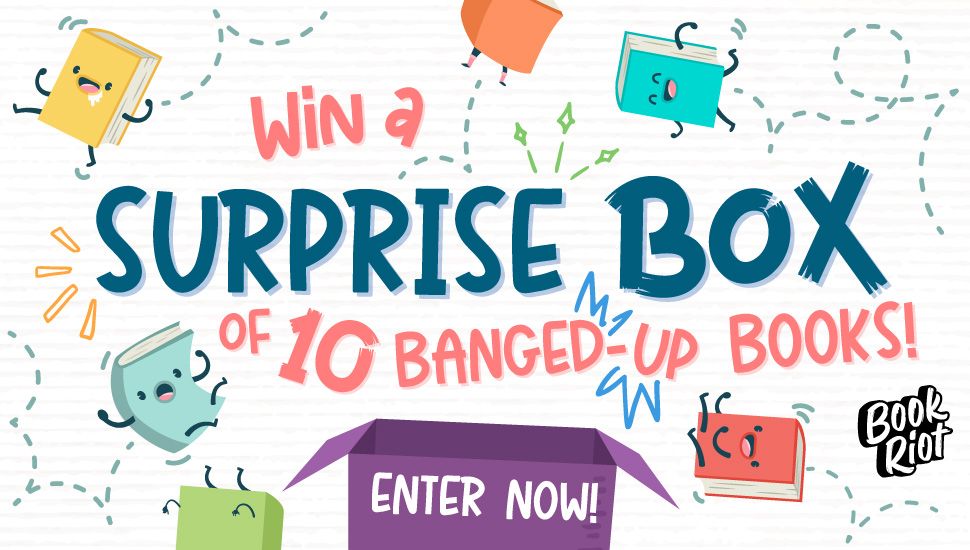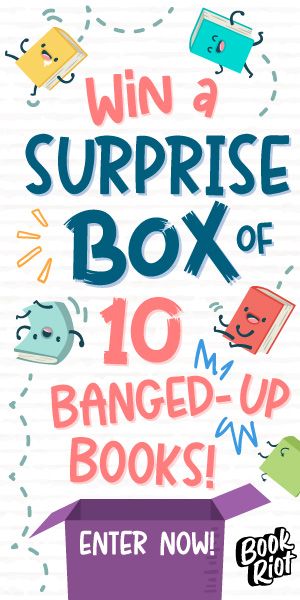
Mood Is The Most Underrated Literary Device — And The Most Valuable
Whenever I say that horror isn’t a genre, there’s an immediate reaction. Of course it’s a genre, many say, quickly naming books by Stephen King or Stephen Graham Jones or Silvia Moreno-Garcia among those they’ve read and love within the genre. But it’s not. Horror is a mood, one of the most under-appreciated, under-discussed literary devices available to writers. And because horror is a mood, it’s subjective and transcends the limits of specific tropes or themes within a book—horror can be part and parcel of fantasy novels, mysteries or thrillers, literary fiction, and historical fiction.
So what is mood? It’s the atmosphere of a narrative. Mood takes into account the book’s settings, descriptions, and attitude of the story.
The mood of a novel is what the reader feels about the story, pulled from the elements within it.
Mood is similar to a sister literary device called tone, but tone is the attitude the author or main character of the story has. Tone doesn’t care what the reader feels—the concern is the character or author—whereas mood is entirely within the eyes of the reader themselves.
What makes a horror book a horror book is that it evokes a sense of disgust, fear, or shock from the reader. This is done through the book’s use of setting, of descriptions and diction throughout the story, and the book’s attitude. In horror, each of these aspects may be conveyed through common tropes or symbols—think your vampires, your haunted houses, your ghosts and witches and eerie cemeteries. But those aspects in and of themselves don’t make a book horror. Rather, the horror is in what the reader feels reading those stories.
Indeed, this means a vampire book might not be horror at all or that a book that’s seemingly a literary work without any of the tropes or styles within a horror novel may indeed be a horror story to readers who experience those feelings of fear and disgust. An example: serial killer books may for many be thrillers, while for others they may be straight up horror novels.
This is slicing and dicing language for many readers, but it matters. It can make the difference between introducing a reader to their new favorite book or turning them off to a whole subset of books. How many readers have avoided what might be the perfect book for them because it’s been called horror when, in fact, it might be evoke a single feeling of disgust or fear for them?
Perhaps the power of understanding and embracing mood is better exemplified by another category of reads often lumped together as a genre: humor.
Humor is extremely subjective. What I find funny is something another reader may never crack a smile for while reading. There are authors often categorized as humor writers who I’ve found to have nothing funny to say, while there are other authors who never have their books called humor that I find exceptionally funny. This isn’t a dig on the writer or their work, but entirely about my own experience while reading. It’s something I can tease out as I continue growing and evolving in my reading life.
Mood transcends genre, so humor can be found easily in science fiction, historical fiction, and plenty of nonfiction. We’ve seen a wave of memoirs in recent years that are riotous reads…for some. Other readers pick up those same books and feel or sense none of the same laughable moments. They may instead appreciate the author’s tone or perspective on their life experiences. It doesn’t mean the humor hasn’t failed. Rather, it’s a powerful reminder that every reader brings themselves to a book and what they bring is what creates the mood.
Mood is also cultural. There have been a number of books by authors of other racial backgrounds or experiences that I’ve enjoyed deeply but didn’t see as funny because I lack the personal context to understand the humor. Readers who share those backgrounds or experiences have expressed finding those stories packed with moments of laughter, and neither of our experiences are incorrect—they’re a part of what makes mood a crucial tool in literacy.
And indeed, this personal context is how horror works as well as it does and why, despite the desire to categorize it as a genre, it’s not. It’s messier, more complex, and beyond the boundaries of a single label.
What makes mood such a powerful force in literature is that it’s all about what you bring to the story. The author can lead you down certain paths or around certain bends in hopes of a particular reaction, but because you bring your own life to the story you’re reading, your experience is uniquely your own. There are horror books that make me laugh until I hurt because I bring with me the mood of playfulness and understanding of the cultural history for certain tropes or storylines, and those books might be works within the genres science fiction or realism.
Mood changes as you change. Reading a sad story when you’re feeling the blues? It might feel especially brutal and require several boxes of tissues. Revisiting that same book when you’re deeply in the throes of love and lightness? Sadness may never even register.
Perhaps, too, we can thank mood for the way nostalgia creates attachment to certain stories. The classics many believe essential to the canon, and thus the high school curriculum, don’t always reflect the reality of today’s young people. The mood of To Kill a Mockingbird may no longer be one of hope, but instead one of feeling trapped, outdated, belittling. It’s by teasing out one’s own attachments—and in this case, the white patriarchal systems that still pervade educational administration—that we’re able to see why certain stories no longer land with readers and why better understanding the value of mood creates richer learning and reading experiences.
The beauty of mood in literature is that you get to determine what it is. And yes, for many this can be a scary prospect, as it means there are no clean boxes or distinctions. But ultimately, it’s liberating, freeing readers from the belief they’re fans of one kind of thing or another, when the reality is they haven’t met the book that evokes the right mood for them.
So yes, horror is a mood. So is humor. So is sadness. So is joy and peace and anger and rage. Mood is romantic or whimsical, life-changing or defeating.
The only thing that a mood can’t be is a genre. Mood has no limits, boundaries, or parameters to follow.






